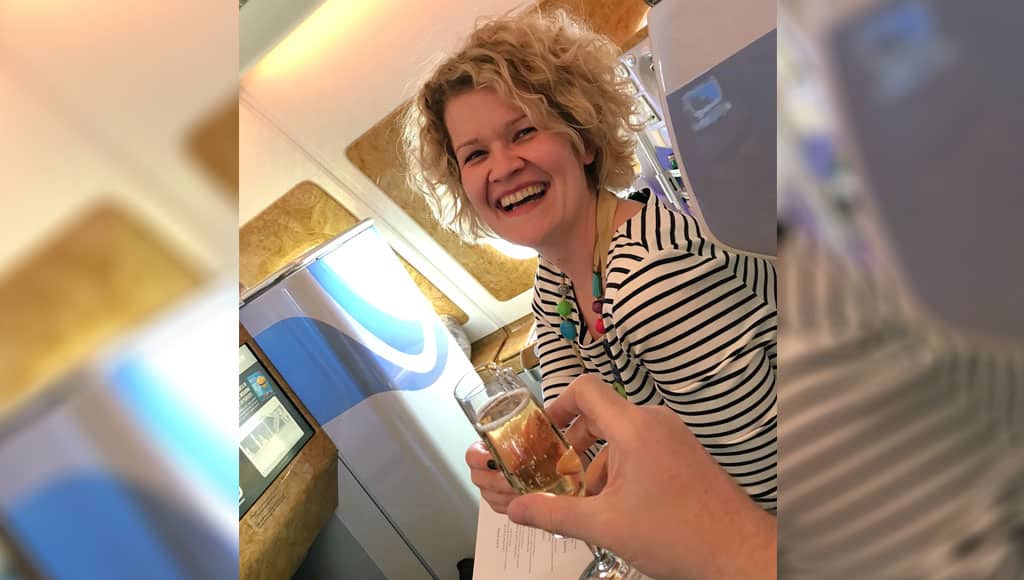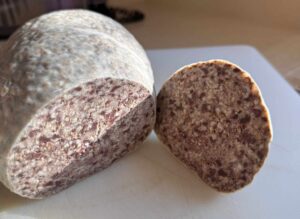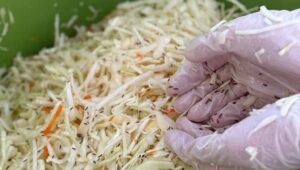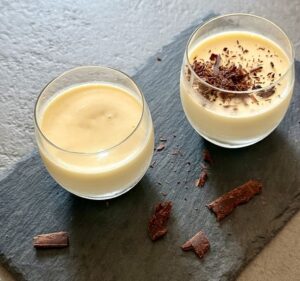It has been a while since I had to take a flight that provided a proper meal. During the past few years, I have been bobbing about Europe, which did not necessitate much time in the sky and where I would purposefully refrain from eating. Who would want a sandwich if the destination was Bologna? But recently, I had to take a trip to the States, and I was reintroduced to inflight dining.
With hand on my heart, the food I was served was pretty good. Even more so, it exceeded my exceptions based on distant memories of eating dry chicken in a grey-looking sauce that arguably was a distant cousin of Mornay. Even if that was a thing of the past, I could not help but notice that my taste buds, my flavour buddies, were rather indifferent to the menu served.
Usually, I would delight myself at the sight of a Sri Lankan coconut curry for dinner and a kale and mushroom omelette for breakfast, but, on this occasion, my inner connoisseur was reserved and unenthusiastic.
Commonly, airline food doesn’t have the best reputation, though I do believe that tables are turning for the better. Recently, on a recent flight to Munich, I was offered a rather appetising menu that looked very tempting and was positively crafted with culinary thought and attention. Keeping with the tradition, however, I did not succumb to the change of habit and saved myself for the joy of dining at my final destination.
Airlines are constantly fighting to improve their inflight dining experience, but they are up against an opponent that is not easily swayed – the human biology. To be more precise, it is the fight against the way(s) human bodies respond to being in flight. This reframes the challenge from that of quality to the one of dealing with the effects of the airplane environment.
To start, the cabin air impacts the perception of taste. Airplanes are known to have low humidity, and being dehydrated really affects the taste of food. Furthermore, the higher the flight, the worse it gets. According to the Fraunhofer Institute, a flight at about 10,000 meters can decrease the sensitivity of our taste buds by as much as 30%.
The high altitude and low air pressure decreases the level of oxygen in our blood and, as a result, dries out the nasal pathways. This causes numbness of the olfactory receptors, the ones responsible for the pleasures of eating more than any other sensorial instrument.
They also mute sweet and salty flavours, making food taste blander. If you want to know how it feels, try savouring orange juice when you have a cold or when you pinch both nostrils shut with your fingers.
Perhaps, these facts also help explain why astronauts never rebel against eating food tubes. Putting aside the fact that travelling to space is such an extraordinary event that it does not warrant any sort of complaining, my guess is that their senses are somewhat immobilised by the environment they find themselves in.
According to the European Space Agency (ESA), most of the space menu consists of canned or freeze-dried meals in plastic packages as the food must be crumb free, lightweight and keep for at least 24 months. However, there are occasional bonus foods for the individual astronauts that add variety to the menu and boost morale and mental wellbeing. They constitute about 10% of the total menu supply and must adhere to all above-stated requirements. The most recent bonus choice reported is that of a Polish astronaut, Sławosz Uznański-Wiśniewski, who is attempting to take pierogi* to space on Axiom Mission 4 scheduled for launch in May 2025.
To be continued …
*pierogi are dumplings of Polish origin, made of unleavened dough filled with meat, vegetables or fruit, which are boiled and then fried.


























